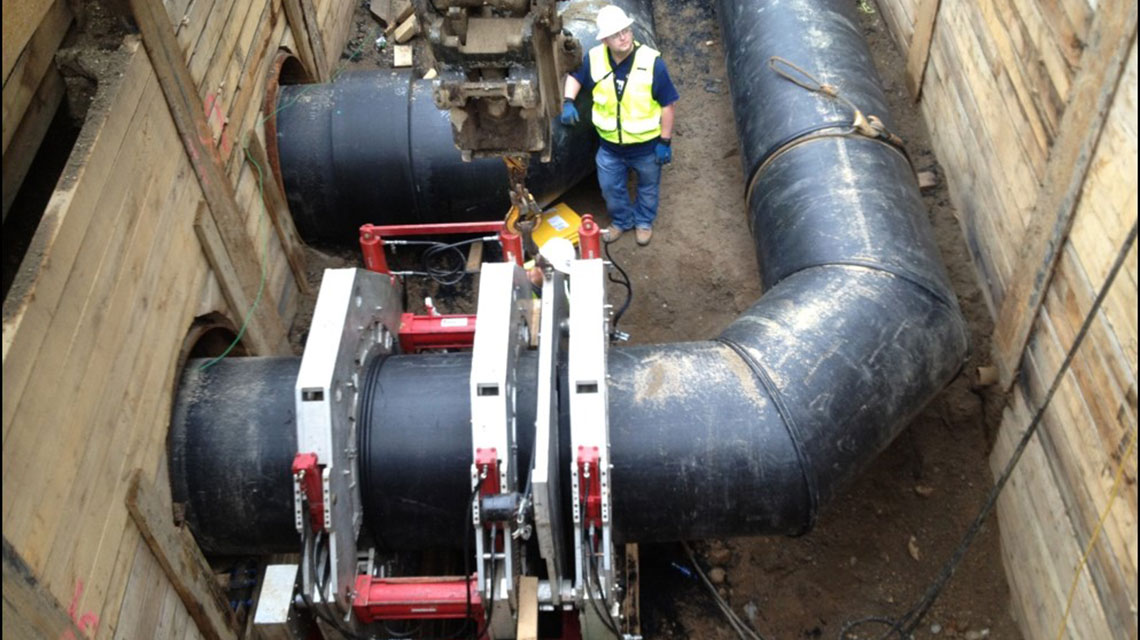
Chilled Water Systems Cool Energy Costs
When summer heats up, most of us crank up the air conditioning, which, in turn, hikes up the energy bills. That chain reaction is multiplied hundreds of times to cool a building with halls of individual rooms, like a hotel or a hospital. The costs can be exorbitant. Chilled water systems can be an extremely efficient way to lower costs. Since the 1960s, it’s been used in many applications, most of them commercial. Increasingly, however, homeowners are looking to cut their energy consumption by switching from typical residential air conditioning to a chilled water system.
How it Works
A reservoir holds a water mixture that circulates through a building via a pipe system. The water runs over cooling coils inside air handlers in each room and a fan blows the air. The water then returns to the reservoir and run through a chiller. Water is an ideal refrigerant because it is non-corrosive, inexpensive, and non-toxic.
Cost-Effective Alternative to Insulated Steel Pipes for Chilled Water Supply
The Ohio State University Medical Center planned for a pipeline to connect the facility to a new chilled water plant. Initially, the engineer on the project specified 36-inch insulated steel. But, it quickly became clear that was not going to work. George J. Igel & Co., Inc. was the contractor on the job. “The engineer changed the design from steel to HDPE when the bid for steel came in over budget. HDPE was selected for cost-savings, time-savings, and the insulation factor of HDPE,” explained the contractor’s project manager Pat Murphy.
Experience and Expertise
In the end, ISCO had the skill to overcome the unique challenges this project presented. ISCO sales representative Steve Bredemeier described the difficult installation conditions, “[There were] tight, deep quarters, working around many existing utilities, installing dual, 42-inch pipes in the same trench.”
That’s not all. “The pipe went in around an active hospital. The majority of it went in one lane of a road where traffic was being maintained in the other lane,” said Murphy, “In-hole fusion of 42-inch DR11 HDPE pipe up to 30 feet deep takes specialized equipment and detailed planning.”
ISCO provided unique McElroy fusion equipment and fire-in-thehole expertise, quality control, pipe, fittings, and DataLogger® joints. Substituting 36-inch insulated steel for 42-inch HDPE DR11 pipe was a better value and eliminated the need for insulation. It was a leak-free, corrosion-free solution backed by experience and expertise. “Specialized in-hole fusion equipment, special fitting fabrication ability, and knowledge of the product and specifications” set ISCO apart according to Murphy, “The fusion technicians and special fusion equipment were great.” Thanks to a successful installation OSU worked with ISCO on subsequent chilled water projects including 30-inch and20-inch diameter system upgrades.
SUBSCRIBE TO ISCO UPDATES
ISCO Updates
[gravityform id="21" title="true"]
